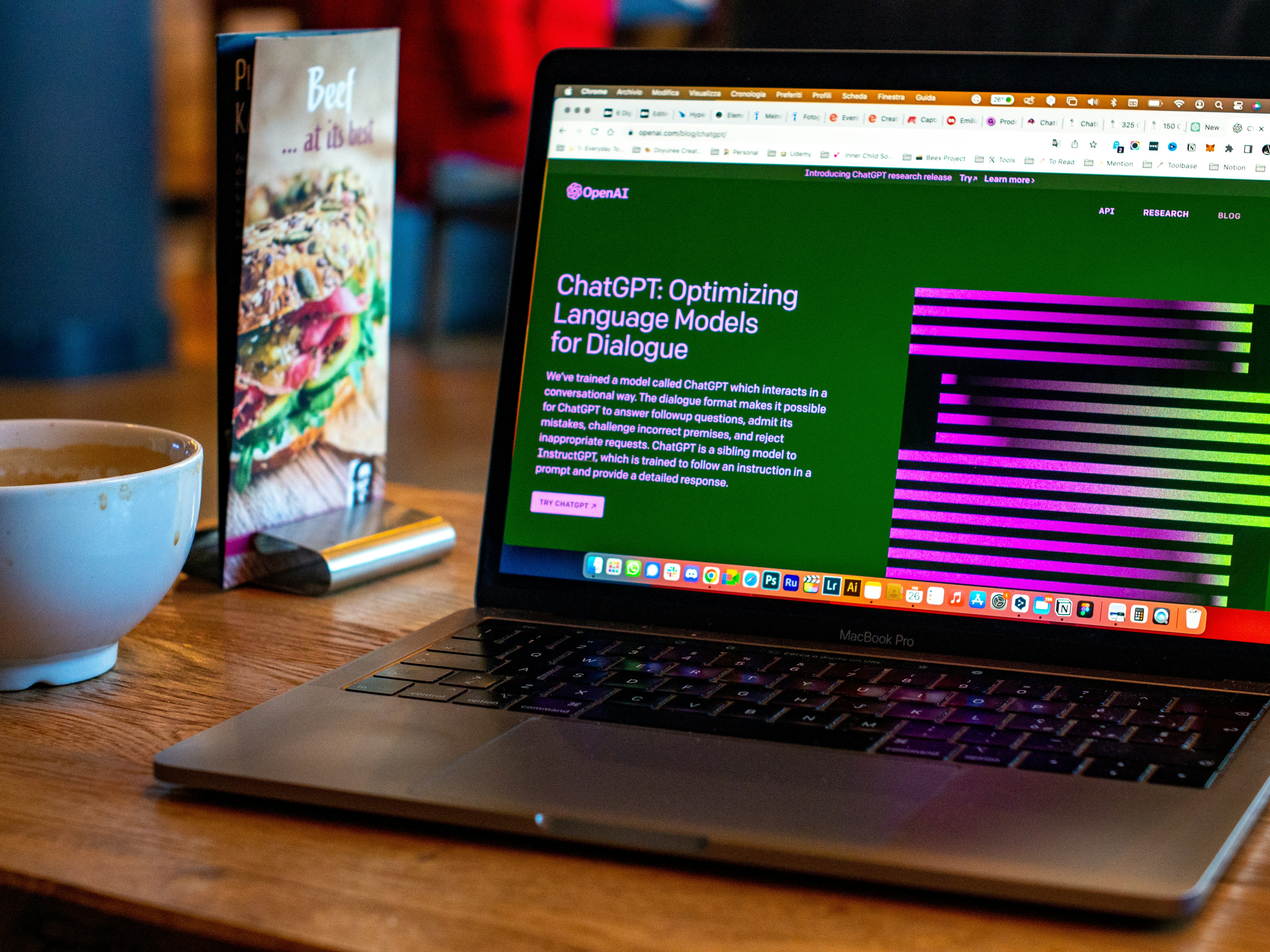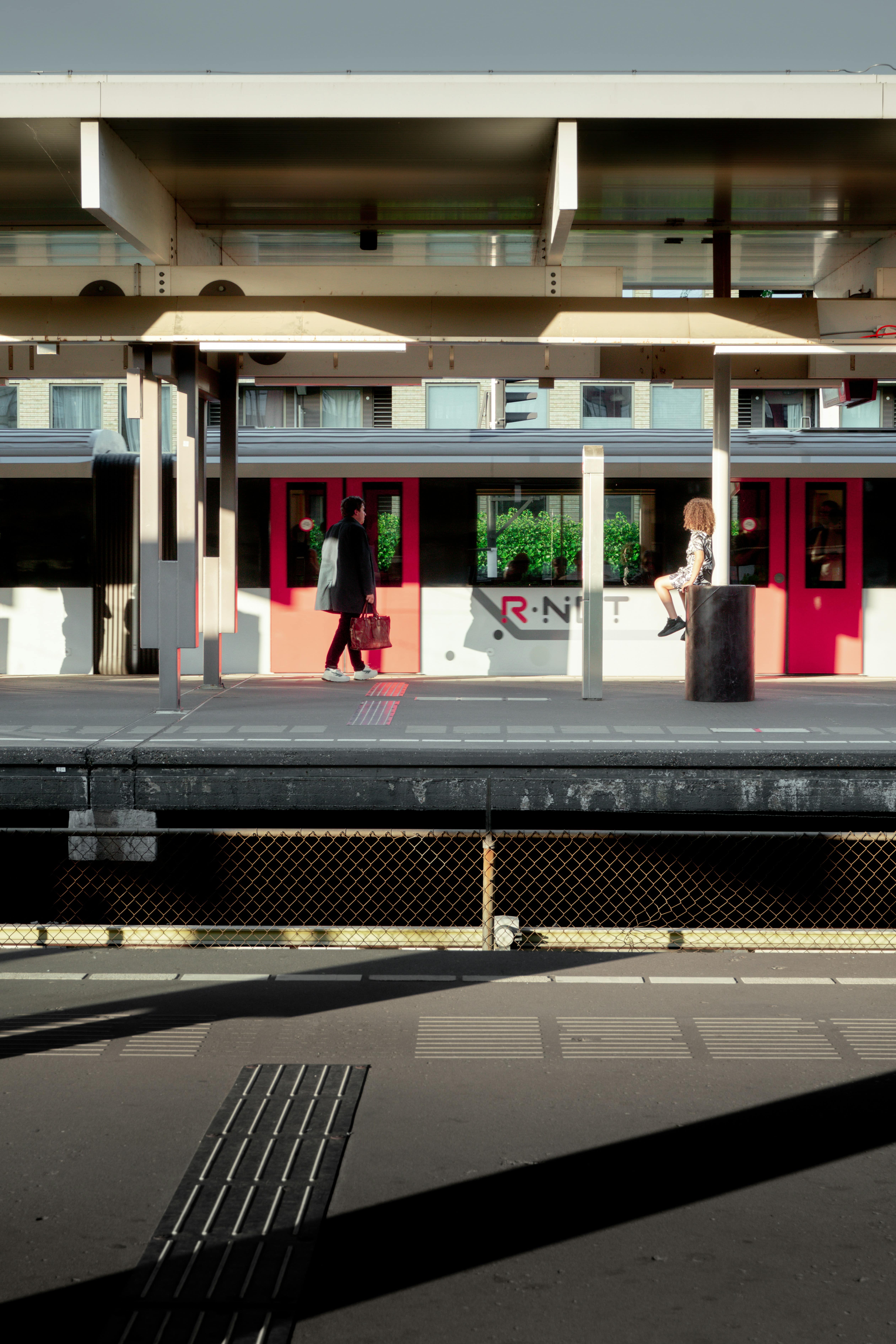The Future of Design in 2024: Trends, Innovations, and What to Expect
Apr 15, 2024
The Rise of AI-Driven Design
Artificial Intelligence (AI) is no longer a futuristic concept; it’s here, and it’s revolutionizing design. In 2024, AI-driven tools are more sophisticated, enabling designers to create more efficiently and effectively. From generating complex patterns to optimizing user interfaces, AI is a powerful ally.
However, the key is not to rely solely on AI but to use it as a tool to enhance human creativity. AI can handle repetitive tasks and provide data-driven insights, freeing designers to focus on what they do best: innovative thinking and storytelling.
Personalization at Scale
Personalization is no longer a nice-to-have; it’s a necessity. Consumers expect experiences tailored to their needs and preferences. Thanks to advancements in data analytics and machine learning, we can deliver personalized experiences at scale.
This trend extends beyond digital experiences. In 2024, personalized design is influencing product packaging, physical retail spaces, and even brand identities. The challenge for designers is to balance personalization with a cohesive brand experience.
Sustainable Design Practices
Sustainability is not just a trend; it’s a responsibility. In 2024, sustainable design practices are at the forefront of the industry. Consumers are more conscious of their environmental impact, and they expect brands to do the same.
Designers are exploring eco-friendly materials, circular design principles, and energy-efficient processes. Brands that prioritize sustainability not only contribute to a better world but also build stronger connections with their audience.
The Blurring Line Between Digital and Physical
The distinction between digital and physical design is becoming increasingly blurred. Augmented Reality (AR) and Virtual Reality (VR) are bridging the gap, creating immersive experiences that blend the digital and physical worlds.
In retail, for instance, AR allows customers to visualize products in their own space before making a purchase. In architecture and interior design, VR enables clients to experience a space virtually before it’s built. These technologies are transforming how we interact with the world around us.
Inclusive Design
Inclusivity is a fundamental principle of good design. In 2024, there’s a growing emphasis on creating products and experiences that are accessible to all. This includes considering the needs of people with disabilities, different cultural backgrounds, and varying levels of technological proficiency.
Designers are using tools like accessibility audits and inclusive design frameworks to ensure their work reaches a broader audience. Inclusivity is not just about compliance; it’s about empathy and understanding the diverse perspectives of users.
The Human Element in Design
Despite technological advancements, the human element remains at the heart of design. Storytelling, empathy, and emotional connection are more important than ever. As designers, our role is to create experiences that resonate on a human level.
In 2024, successful designs are those that tell compelling stories and evoke emotions. Whether it’s through a brand’s visual identity, a website’s user experience, or a product’s packaging, the goal is to create a meaningful connection with the audience.
Conclusion
As we look ahead to 2024, it’s clear that the design landscape is dynamic and ever-evolving. By embracing AI, personalization, sustainability, immersive technologies, inclusivity, and the human element, designers can create impactful experiences that stand the test of time.
Remember, design is not just about aesthetics; it’s about solving problems, telling stories, and creating value. As we navigate this exciting era, let’s stay curious, keep experimenting, and never lose sight of the people we’re designing for.
Here’s to a year of innovation, creativity, and meaningful design.
Summary
In 2024, the design landscape will be shaped by significant advancements and trends. AI-driven tools enhance efficiency and creativity, while personalization becomes essential, allowing brands to deliver tailored experiences at scale. Sustainable design practices are prioritized as consumers demand eco-friendly solutions. The line between digital and physical design blurs with AR and VR, creating immersive experiences. Inclusivity is emphasized, ensuring accessibility for diverse audiences. Despite technological advancements, the human element remains central, with storytelling and emotional connections driving impactful design. This year is about innovation, creativity, and meaningful, human-centered design.



